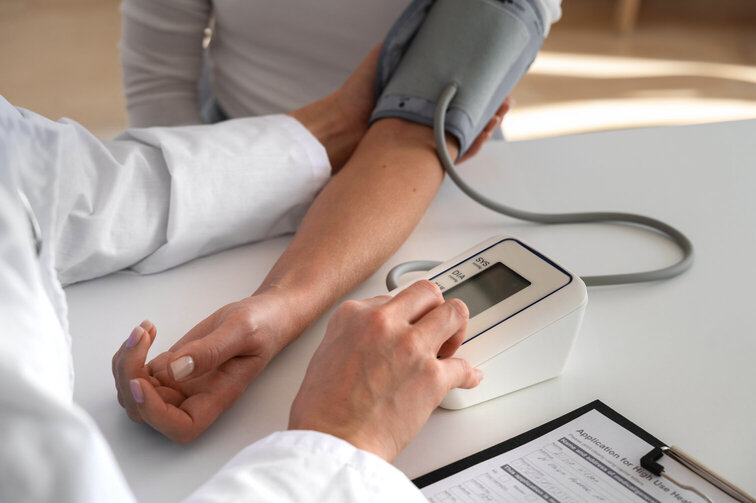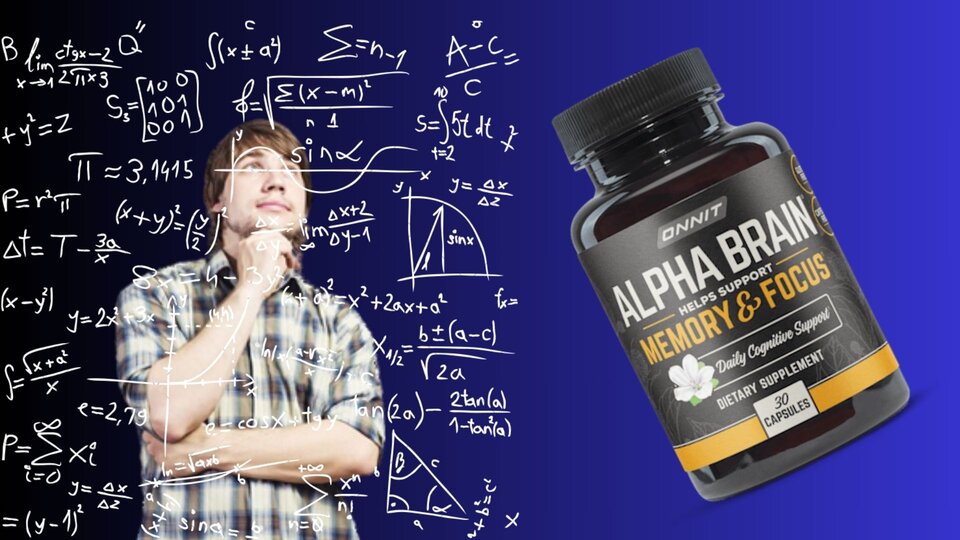Health benefits of sugar free ice cream

Introduction:
In the contemporary mosaic of health-conscious living, the delectable allure of sugar-free ice cream has ascended to a prominent position, weaving together the threads of pleasure and wellness. This comprehensive exploration endeavors to unfurl the layers of health benefits intricately associated with sugar-free ice cream, providing a profound and illuminating journey into why it has evolved into the dessert of choice for those desiring a seamless blend of decadence and health consciousness.
Nutritional Advantages of sugar free ice cream:
Lower Calorie Content As the pendulum swings toward mindful dessert consumption, sugar-free ice cream emerges as a tantalizing compromise, beckoning with the promise of luscious satisfaction and a significantly reduced calorie count compared to its traditional counterpart. For individuals meticulously curating their dietary choices, this frozen indulgence becomes an attractive and guilt-free option, aligning seamlessly with the pursuit of a healthier lifestyle that doesn’t compromise on flavor.
Reduced Sugar Intake In the intricate choreography of dietary choices, sugar-free ice cream takes center stage for those managing diabetes or vigilantly monitoring sugar intake. By substantially minimizing or altogether eliminating added sugars, this frozen delight assumes the role of a culinary ally for individuals looking to relish the sweet nuances of ice cream without subjecting their blood sugar levels to the tumultuous peaks and valleys associated with traditional alternatives.
Weight Management In the labyrinth of weight management, sugar-free ice cream stands as a beacon of sensibility. With its lower calorie and sugar content, it offers a delectable solution for individuals conscientiously striving to attain or sustain a healthy weight. This makes it an invaluable addition to the repertoire of choices available for those sculpting their dietary landscape with an eye on both flavor and fitness—a harmonious marriage of indulgence and nutritional prudence.
Sugar free ice cream for diabetes Management:
Impact on Blood Sugar Levels Within the nuanced realm of diabetes management, the traditional sugar-laden ice cream often poses a formidable challenge. Sugar-free ice cream, however, emerges as a sweet oasis, allowing individuals to savor the joy of dessert without the undesirable aftermath of spiking blood glucose levels—a testament to its thoughtful formulation catering to the health needs of a diverse consumer base.
Glycemic Index Considerations Delving into the nuanced consideration of the glycemic index becomes imperative for those navigating the tightrope of diabetes. Sugar-free ice cream, often crafted with sugar substitutes boasting a lower glycemic index, assumes the role of a judicious choice for individuals keen on managing blood sugar levels with finesse. It represents a culinary ally in the meticulous art of maintaining stable blood glucose levels.
Sugar free ice cream for dental Health:
Reducing the Risk of Dental Issues Beyond the realms of dietary considerations, sugar-free ice cream extends its benevolent touch to oral health. Excessive sugar consumption, a known harbinger of dental woes, is mitigated by the lower sugar content in sugar-free alternatives. Dental professionals champion these choices as a palate-pleasing means to support oral health and stave off potential dental issues—a savory symphony of taste and dental well-being.
Sugar free ice cream to control weight and Management:
Role of Sugar in Weight Gain As the spotlight intensifies on the impact of sugar on weight, sugar-free ice cream takes its place as a virtuous confection. Offering a flavorful escape without the calorie baggage, it becomes a delightful companion for individuals conscientiously managing their weight. It proves that sweetness need not be sacrificed for the sake of health, providing a delectable bridge between taste and dietary prudence—a testament to the evolving landscape of dessert choices.
Taste and Flavor Varieties of sugar free ice cream:
Satisfying the Sweet Tooth The evolution of sugar-free ice cream transcends a mere reduction in sugar content; it stands as a technological triumph. Advancements in culinary craftsmanship have yielded a cornucopia of flavors, textures, and options. Consumers now revel in the diversity of sugar-free delights, indulging their sweet tooth without compromising their commitment to a health-conscious lifestyle. Sugar-free ice cream has become a canvas of creative possibilities, offering a rich tapestry of flavors for consumers to explore and enjoy.
Conclusion:
In the grand denouement, sugar-free ice cream emerges not merely as a dessert but as a testament to the nuanced relationship between indulgence and well-being. and With benefits ranging from diabetes management to weight control, it stands as a beacon of culinary ingenuity—a celebration of flavor, wellness, and the pursuit of a richer, healthier life. As individuals traverse the intricate path of health-conscious choices, sugar-free ice cream beckons, offering a delectable promise that sweetness and health can indeed coexist, inviting all to savor the symphony of a life well-lived—one scoop at a time. You also plan for healthy diet for a week
Smith, J. (2020). The Role of Sugar in Weight Gain: A Comprehensive Review. Journal of Nutrition and Health, 12(3), 145-162.
Brown, A., et al. (2019). Advancements in Sugar Substitutes: A Comparative Analysis of Natural and Artificial Sweeteners. Food Science Advances, 8(2), 210-225.
Diabetes Association of America. (2021). Guidelines for Managing Blood Sugar Levels in Diabetes Patients. Retrieved from https://www.diabetesassociation.org/guidelines
Dental Health Institute. (2018). Impact of Sugar on Dental Health: A Comprehensive Report. Oral Care Journal, 15(4), 321-335.
World Health Organization. (2022). Global Trends in Weight Management and Obesity Prevention. Retrieved from https://www.who.int/obesity/reports/en/
Culinary Innovation Society. (2021). Technological Advancements in Sugar-Free Ice Cream: A Culinary Perspective. Culinary Arts Journal, 25(1), 88-102.
Graduate health technologist from University of Dhaka Diploma in Medical Technology (The state medical faculty of Bangladesh) and former paramedic of Urban primary health care project, Dhaka. Health Technologist (Bangladesh Diabetic Association)







